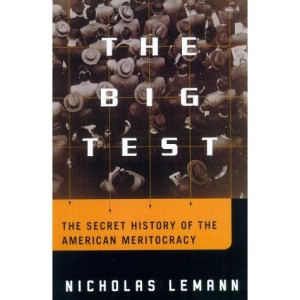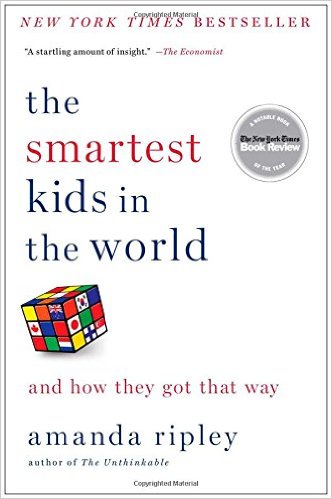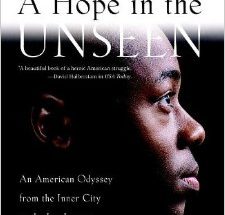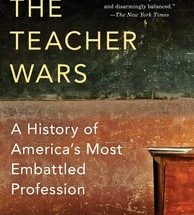As someone who took the ACT and SAT two times apiece, I’ve spent plenty of time in the college admissions testing chair. Add on all the hours spent studying with Kaplan test prep books and I thought I knew everything there was to know about testing.
Nicholas Lemann’s “The Big Test: The Secret of the American Meritocracy,” shows the story of how success on the SAT became equated with more college choice. Those educational opportunities are perhaps taken for granted by those who have benefited from this idea of a social meritocracy.
The Educational Testing Service, a testing and assessment organization, is demonized mostly for the purported inaccuracies of the test in being a yardstick for future accomplishments. Its primary job, as Lemann describes its history, has always been to sort people based on their intelligence. That applied to soldiers drafted in World War I who were given specific assignments based on aptitude all the way to determining what students qualify for elite colleges. There is a long story of the struggles and successes of the ETS arranging for the SAT to be used in the University of California admissions system.
It’s fitting that, to this day, the California system is still the largest user of this standardized test. That’s the reason I took the SAT in 2007, when the test was last changed.
There are many characters included throughout the book and though each introduction someimes veers the story off course, there is always a pay-off. In an albeit roundabout way, the Ivy League students from the 1960s and 1970s ended up leading the fight against a 1996 California ballot proposal to eliminate affirmative action.
Readers are introduced to Stanley Kaplan, the Jewish immigrant who started the now ubiquitous test preparation service. He bought in to the idea of the meritocracy, as so many new immigrant parents have. Work and study hard to get into a good college and the rest will follow, regardless of class or race. It’s the definition of a meritocracy.
But race does play an important part in the narrative, since research shows how the SAT disadvantages certain groups. Though the affirmative action battle in California is the climax of the book, I was stunned by the utter lack of diversity of characters included.
That might be a by-product of the system Lemann is covering, though. This all makes sense as he traces the beginnings of the test that is meant to equalize the higher education experience for all.
It all began with Henry Chauncey, a prototypical Ivy League elite who went to the prestigious Groton School before Harvard. It was he who introduced the idea of using a multiple-choice aptitude test for selecting scholarship students at the widely regarded institution, opening up an admissions pipeline that included more than the east coast prep schools he and his friends attended.
 Lemann, a Harvard graduate and former dean of Columbia University’s Graduate School of Journalism, grew up in New Orleans and not New England. In the book, he wonders if the test has just created a new elite that is still exclusionary and that’s a thought worth pondering. The SAT did open up Ivy League institutions to those who aren’t bluebloods, but what testing reforms are still needed to truly equalize the college admissions system?
Lemann, a Harvard graduate and former dean of Columbia University’s Graduate School of Journalism, grew up in New Orleans and not New England. In the book, he wonders if the test has just created a new elite that is still exclusionary and that’s a thought worth pondering. The SAT did open up Ivy League institutions to those who aren’t bluebloods, but what testing reforms are still needed to truly equalize the college admissions system?
In recent years, test reforms have been affected, with major changes coming in 2016 and the work that Lemann started with this book in 1999 continues.



